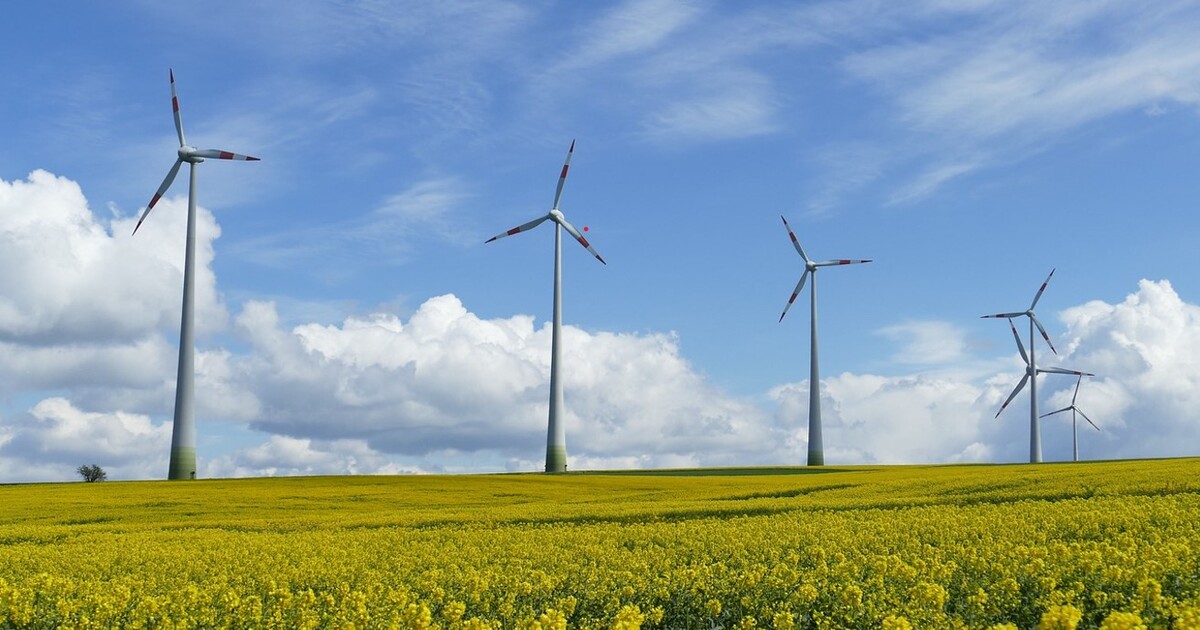Needed: An Electricity Market Design to Meet Germany’s Climate Goals
Mr. Habeck’s new power market design runs counter to the German government’s stated ambition of contributing to a functioning European energy market.
September 4, 2024

A Strategic Assessment Memo (SAM) from the Global Ideas Center
You may quote from this text, provided you mention the name of the author and reference it as a new Strategic Assessment Memo (SAM) published by the Global Ideas Center in Berlin on The Globalist.
With the rise of renewables, electricity markets are fundamentally changing. The German government has now presented an “options paper” for a future electricity market design. It contains some good approaches but leaves essential questions open.
At the core of what Robert Habeck’s Ministry for Economic Affairs and Climate Action proposes is a so-called “Capacity Market.”
Capacity markets: Not a new idea
The idea of a capacity market is not a new one. In essence, it means that electricity providers are not only to be compensated for the power they are actually putting on the market, but also for the reliable capacity they can make available to meet peak demand.
This makes the power system more resilient when intermittent renewables are off peak production.
Mainly an academically interesting approach
Unfortunately, the Ministry’s proposal, which combines a national capacity market with decentralized capacity mechanisms, is mainly an academically interesting approach that reflects different regional realities of power production.
At a time of widespread confusion among investors in the German energy sector, the introduction of what amounts to a complex experiment is counterproductive.
After years of constant policy change, investors need certainty and reasonable expectation for return on investment.
The missing European dimension
The new power market design would also not be compatible with any of the capacity markets in neighboring countries. It therefore runs counter to the German government’s stated ambition of contributing to a functioning European energy market.
To make the power system future-proof, Germany should stick to a national capacity mechanism that can be blended into a European one.
Local market signals should be provided by more flexible price signals. Germany’s Federal Network Agency has just proposed a new system of rebates for flexible demand when renewable electricity is in ample supply.
Complemented by regional components, this would give large industrial electricity consumers an incentive to produce at times and in places where green electricity is cheap and in ample supply.
While there is considerable debate about whether such an off-and-on mechanism is a workable solution for industry, the Federal Network Agency has launched a discussion process with German industry to sort out the issues involved.
Such an approach would also reward regional authorities that have invested in renewables and the necessary grid infrastructure in time.
A 100% renewable future?
The original purpose of Mr. Habeck’s options paper was to redesign electricity markets for a 100% renewable future, and not for putting new gas power plants, whether hydrogen ready or not, in a better position to market their capacities.
To realize this goal, the German electricity market needs new and flexible capacities that can back up wind and solar. This is why the federal government has proposed a power plant strategy to build those capacities before the last coal-fired power plants go off the grid.
Not a clean solution
With the proposed electricity market design, there is a real risk that a new public funding program, intended to back up a power system dominated by renewables, becomes a lifeline for the gas industry.
The reason for this worry is that some partners in the current German coalition government are unwilling to seriously consider the phase-out of fossil gas.
New investments in gas infrastructure entail the danger of lock-in effects into a fossil future. However, plenty of technological options such as large battery storage systems and increased grid capacity are already available today, and investors stand ready.
As of now, however, these investments are not being made because of the lack of a suitable market framework.
One final note
The stakeholder process that prepared the government’s options paper is called “platform climate-neutral electricity system.”
To me, it seems as if the crucial C-word seems to have slipped the attention of government decision-makers.
Takeaways
The German government has presented an “options paper” for a future electricity market design. It contains some good approaches but leaves essential questions open.
Mr. Habeck’s new power market design runs counter to the German government’s stated ambition of contributing to a functioning European energy market.
After years of constant policy change, investors need certainty and reasonable expectation for return on investment.
The new power market design runs counter to the German government’s stated ambition to contribute to a functioning European energy market.
To make the power system future-proof, Germany should stick to a national capacity mechanism that can be blended into a European one.
A Strategic Assessment Memo (SAM) from the Global Ideas Center
You may quote from this text, provided you mention the name of the author and reference it as a new Strategic Assessment Memo (SAM) published by the Global Ideas Center in Berlin on The Globalist.
Read previous

Just The Facts
Iran in Context
September 3, 2024

